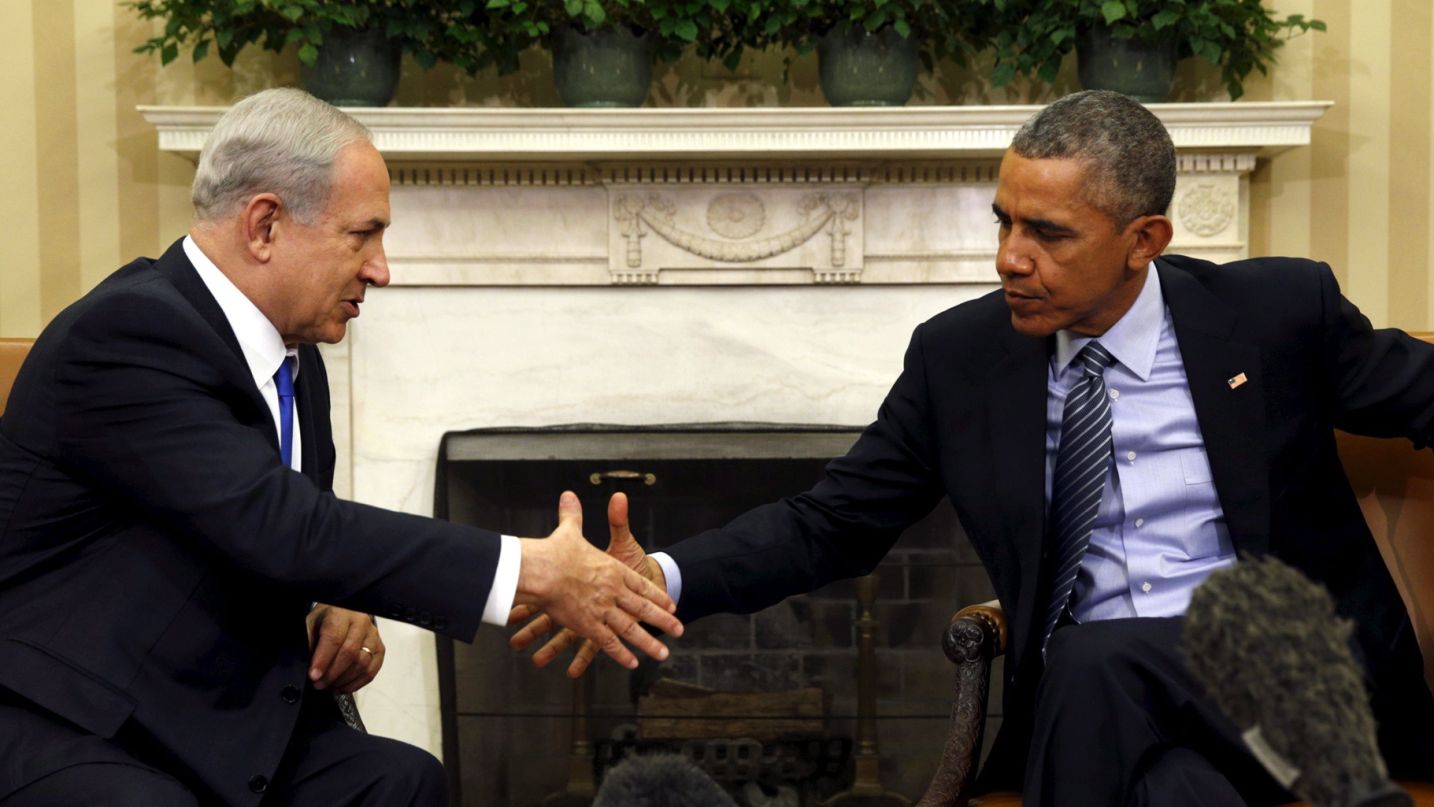
A U.S. Marine Corps F-35B joint strike fighter jet.Reuters
read more: http://www.haaretz.com/israel-news/1.741838
United States Announces $38 Billion Israel Military Aid Package: Largest Ever
Barak Ravid
HAARETZ
• U.S.-Israel defense aid deal to be signed soon, U.S. envoy says
• Why doesn’t Obama use military aid package to Israel as leverage?
• Whether Trump or Clinton win the U.S. election, Netanyahu loses. No wonder he’s ‘silent’
• Israel needs less U.S. aid, not more
The United States announced on Tuesday that an agreement has been reached with Israel on a $38 billion 10-year military aid package for 2019 through 2028.
Senior officials from both sides will sign the agreement on Wednesday in a ceremony in the Treaty Room at the State Department in Washington at 9 P.M. (Israel time).
“This memorandum of understanding constitutes the single largest pledge of bilateral military assistance in U.S. history,” said the State Department in its announcement of the agreement. U.S. National Security Adviser Susan Rice will attend the signing ceremony, but the agreement is expected to be signed by Undersecretary of State for Political Affairs Tom Shannon on behalf of the United States.
Jacob Nagel, acting head of Israel’s National Security Council, landed in Washington D.C. on Tuesday. He is expected to sign the agreement on the new military aid package with the United States on Israel’s behalf. Also attending the signing ceremony will be Israeli Ambassador Ron Dermer.

U.S. President Barack Obama and Prime Minister Benjamin Netanyahu shake hands during their meeting in the Oval Office of the White House, Washington November 9, 2015. Kevin Lamarque, Reuters
read more: http://www.haaretz.com/israel-news/1.741838
A senior Israeli official said it was likely that Netanyahu and Obama will talk on the phone after the deal is signed on Wednesday. It was still unclear if the two will meet on the sidelines of the UN General Assembly next week in New York.
The senior official said that despite the criticism of Netanyahu’s conduct over the nuclear deal with Iran, the deal has seen an increase of American aid to Israel. According to him, though Israel demanded $4.5 billion annually during the negotiations, it was expected that the sides would compromise on a lower sum. “Against the backdrop of significant cuts in the U.S. budget, we got an increase of defense aid to Israel,” the official said. “The credit for closing the deal goes to the prime minister and to the person who ran the negotiations, acting National Security Adviser Jacob Nagel.”
The agreement, which the two countries have been negotiating since November 2015, the United States will provide Israel with $38 billion in military aid over 10 years, $5 billion of them to be dedicated to the development of missile defense systems.
Nagel left Israel for the U.S. Monday night after meeting with U.S. Ambassador to Israel Dan Shapiro. The meeting dealt with the final details of the agreement, such as the way the agreement would be announced etc.
The old military aid agreement, which ends at the end of 2018, totaled $30 billion over a decade or an average of $3 billion annually. That being said, the actual military aid the U.S. transferred to Israel was greater due additional aid approved by Congress following requests by Israel. Over the last few years Congress approved an additional $500 million annually to be added to the original base sum, which made the total amount of military aid transferred to Israel annually approximately $3.5 billion.
The new military aid deal is expected to total about $38 billion over a decade, or an average of $3.8 billion per year. This amounts to the largest increase ever in U.S. aid to Israel.
The sum of the new agreement is significantly lower than what Prime Minister Benjamin Netanyahu had sought. When negotiations started, Netanyahu asked to increase the aid to $4.5 billion a year, or $45 billion over ten years. Taking into account aid supplements approved in the past by Congress, the new aid agreement effectively increases the annual aid budget by only about $300 million.
Netanyahu gave in to a series of American demands under the new agreement, including a significant limitation on Israel’s ability to ask Congress for supplemental aid. One of the annexes to the agreement is an official letter by the Israeli government containing a commitment not to hold any contacts in the coming decade with Congress about any increased aid for development of missile defense systems. The Israeli commitment letter is in addition to another qualifier, which is that Israel may request an aid increase in the event of an emergency such as war.
In addition, Netanyahu has agreed to end an arrangement that permitted Israel to use 26 percent of American aid money to purchase equipment from Israel’s military industries within six years of the aid deal going into effect, and to use 13% of American aid money to buy fuel for the IDF. Under the new agreement, Israel will have to spend all its American aid money on purchases from U.S. military industries.
Negotiations for the aid package began in November 2015. President Barack Obama had proposed to Netanyahu to start the talks some six months beforehand, but Netanyahu refused and prevented the start of talks for some months, while he was seeking to thwart a nuclear agreement with Iran. Netanyahu agreed to start talks on the aid package and upgrading the IDF’s capabilities only after he failed in his efforts to thwart the deal with Iran.
read more: http://www.haaretz.com/israel-news/1.741838
___
http://www.haaretz.com/israel-news/1.741838